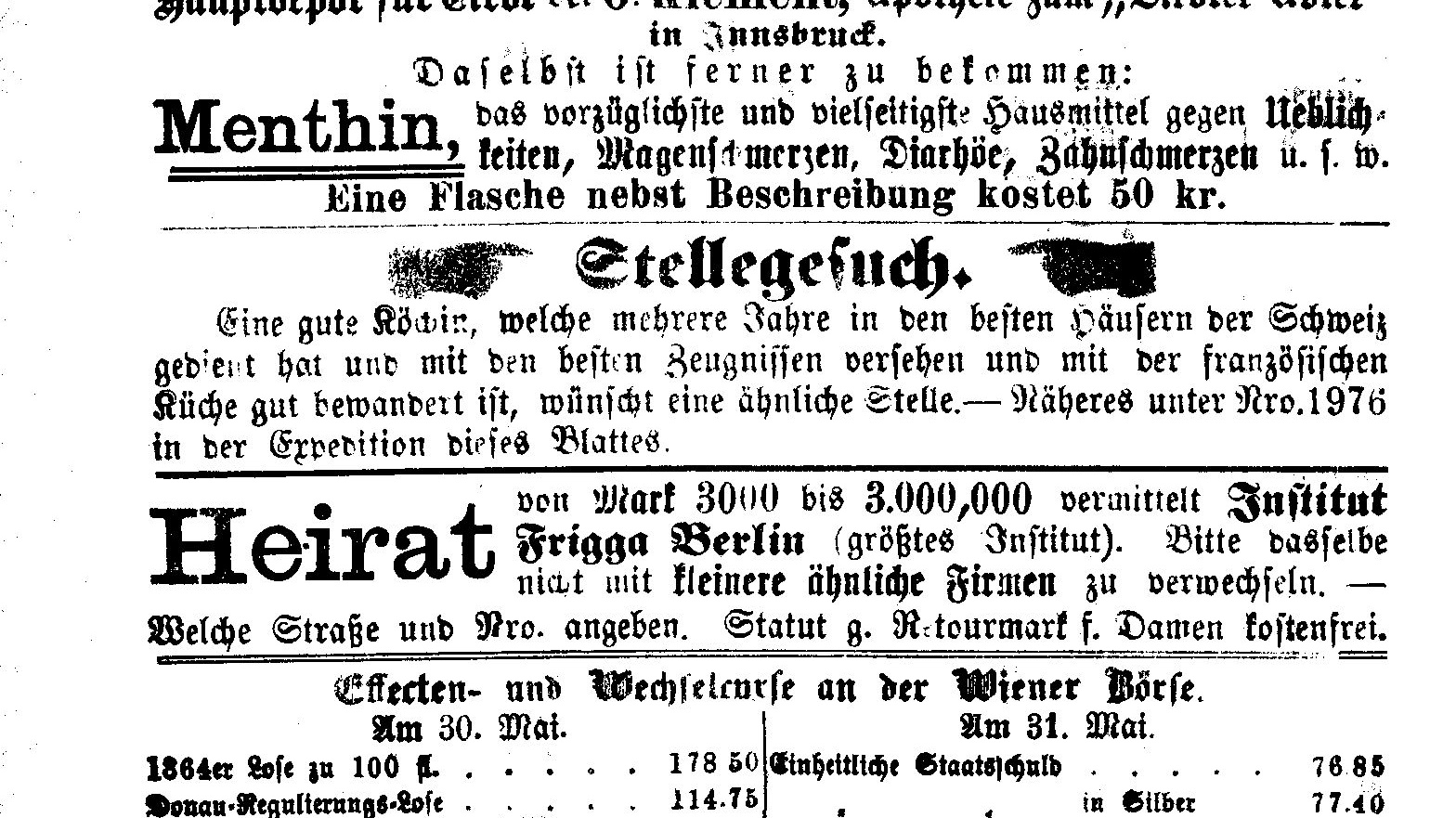Roots of medical cannabis in Austria-Hungary
The Adriatic team
In the paper Lost archives and found voices: reconstructing the marketing history of medical marijuana in Austria-Hungary, Jure Stojan, PhD, from the Institue of Strategic Solutions, explores the medical use and sale of cannabis. Stojan examines the role of key figures, particularly the Trnkoczy brothers, in establishing a cannabis market in Ljubljana, and looks at the medical applications and social attitudes towards cannabis during the late 19th and early 20th centuries.
On the 25th of April in 1882, the Imperial Ministries of Interior, Finances, and Commerce, in conjunction with the Royal Hungarian Government in Budapest, made the decision to prohibit the importation of a product known as “Indian Cigarettes”. These cigarettes bore the brand of Grimault, a Parisian firm, and were notable for their purported primary ingredient, cannabis indica.
Societal hierarchy
Austria-Hungary, during this era, was marked by a rigid social hierarchy with distinct divisions among its strata. Interestingly, though not widely recognised at the time, it was revealed that in the 1870s, even figures as prominent as empress Elisabeth – better known as “Sisi” – and her daughter had utilised medicinal cannabis. Later examples include that of Count Ferdinand Hompesch and his agricultural experiments conducted on the Rudnik moor near Ljubljana, cannabis indica among them.
Ordinary Austrians also embraced its medicinal potential for a variety of ailments. In the early 20th century, a Viennese pharmacist recounted that cannabis had been prescribed for a wide range of medical purposes. These applications included its use “against coughs in consumptive patients, to manage uterine bleeding, as a labour-inducing remedy, preferred over ergot according to English authors, for tetanus spasms, plague, cholera, rheumatism, and, finally, as a treatment for delirium tremens.”
Trnkoczy brothers’ monopoly
As Habsburg rule neared its end, the Trnkoczy brothers, pharmacists based in Ljubljana, secured a virtual monopoly as suppliers of pre-rolled medical marijuana cigarettes for the entire Austrian portion of the dual monarchy. Their success was achieved with the backing of the regional Carniolan Government, led by Julius von Trnkoczy, who argued that their products were unaffected by the prohibition against imported French medicinal cigarettes.
While the regulations governing the Austrian production got loosened, those targeting imported wares were reaffirmed. In 1896, the customs authorities emphasized that “the import of hemp cigarettes from Grimault and Comp. in Paris is forbidden. Medicinal cigars made from cannabis indica and in general all that contain tobacco are to be treated as tobacco products, while those without tobacco are to be treated as medicinal preparations.” Consequently, the Trnkoczy brothers pivoted from marketing the cannabis cigarettes as a medicinal product, but one for leisure.
J. Stojan (2023), “Lost archives and found voices: reconstructing the marketing history of medical marijuana in Austria-Hungary”, Journal of Historical Research in Marketing, Vol. 15 No.3, pp. 201-221.









